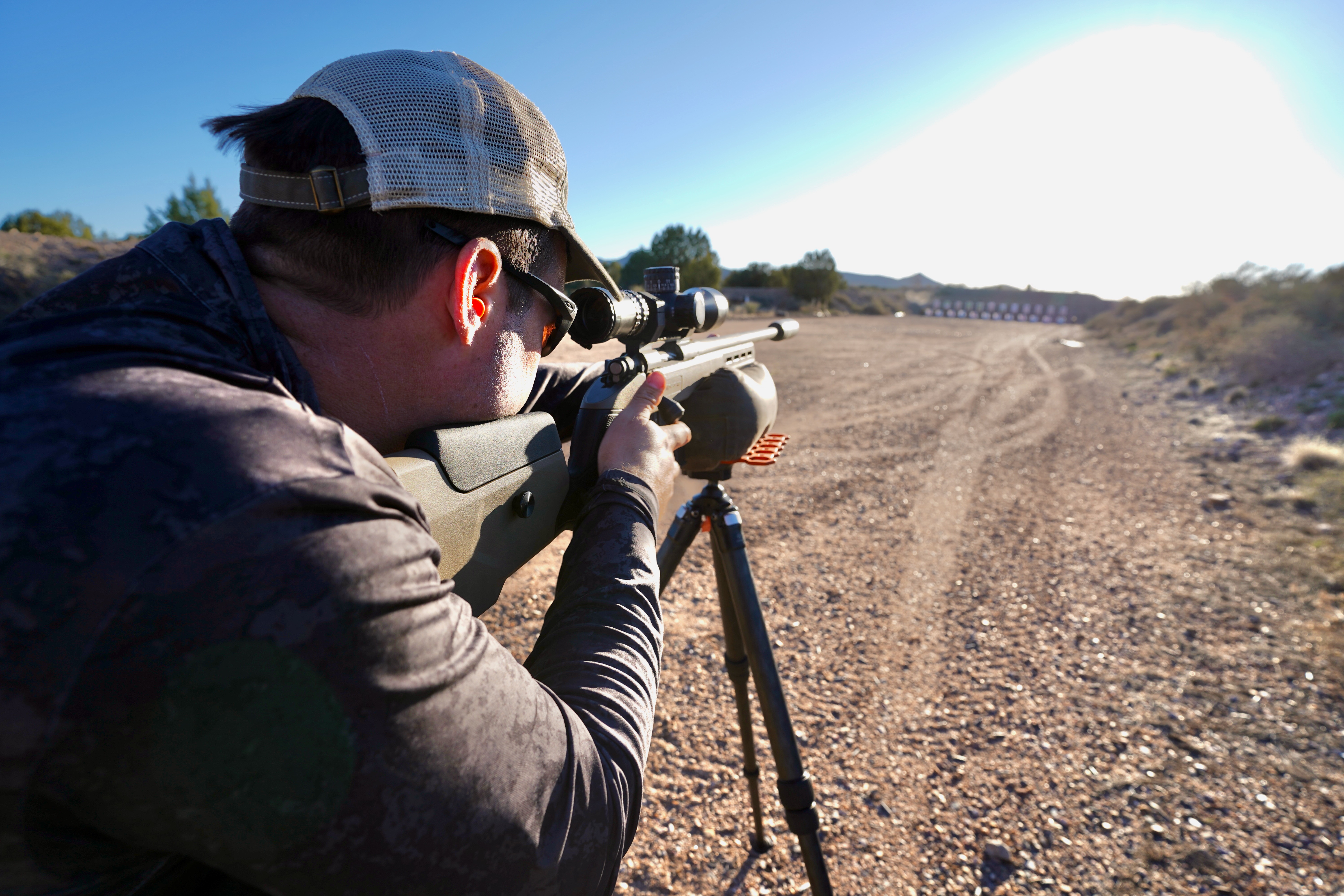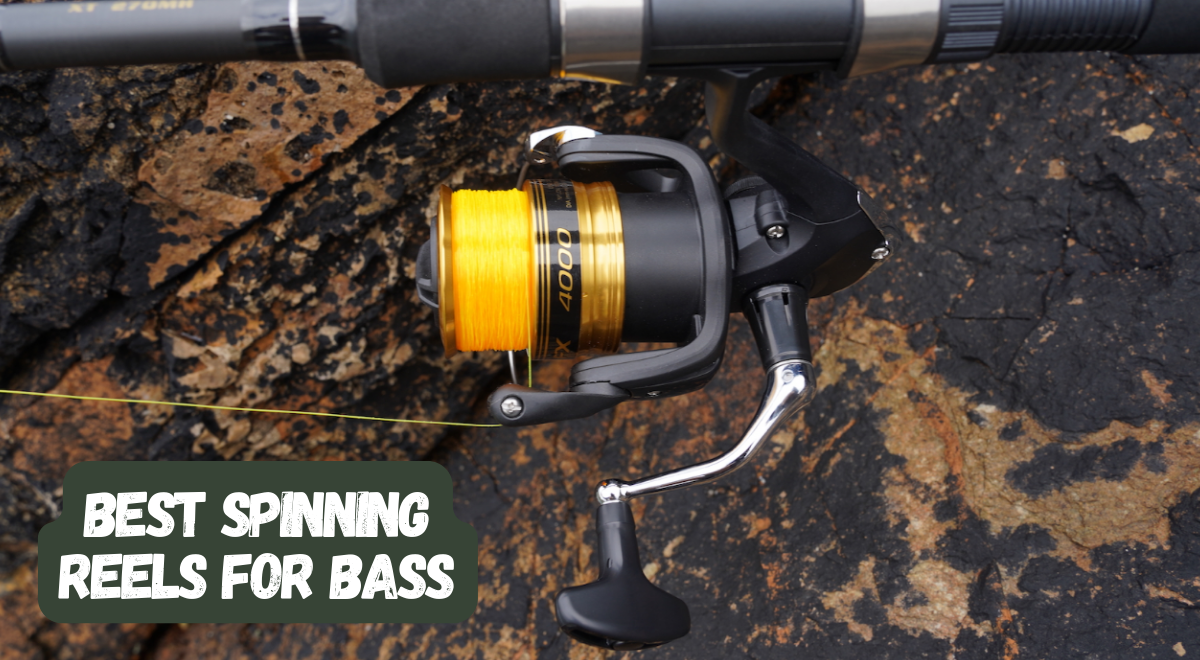To inspect a gun before purchasing, check its physical condition and ensure its proper mechanical operation. Verify the gun’s serial number matches legal records and has no signs of illegal modification.
Understanding the intricacies of gun inspection before purchase is crucial for both safety and legal compliance. This process requires vigilance in examining the firearm’s external and internal condition, ensuring that all parts function as intended. It’s also essential to confirm that the gun has not been altered in ways that would violate regulations.
Reliable gun handling and a basic knowledge of firearm mechanics are advantageous when looking to buy a gun. It’s wise to consult with an experienced shooter or a certified gunsmith if you’re unfamiliar with the finer details of firearms. A thorough gun inspection can prevent future malfunctions, safety hazards, and legal issues, making it a necessary step for any responsible gun buyer.

Credit: www.outdoorlife.com
Gun Inspection Essentials
Buying a gun demands careful inspection. It’s not just about looks. It’s about safety and reliability. Whether for hunting, sports shooting, or self-defense, ensure a good investment with a thorough check. Follow these key steps to examine a firearm before purchase.
Necessity Of Firearm Inspection
Prevent accidents and waste of money with a proper gun inspection. A well-inspected gun is a safe and functional tool. Ensure it meets legal standards. A detailed inspection spots damage or wear that could impair performance or safety.
Initial Visual Assessment
Start with a visual scan of the gun. Look for rust, scratches, and dents. Check if parts are intact and original. Compare with manufacturer specifications. Ensure serial numbers are clear and match records. Observe the weapon from all angles for signs of misuse or neglect.
- Examine the overall condition.
- Check for missing or modified parts.
- Confirm serial number authenticity.
Next, assess the moving parts. Ensure actions are smooth and functional. The trigger must release cleanly. Safeties should engage and disengage without issue.
| Part | Check | Expected Condition |
|---|---|---|
| Trigger | Operation | Smooth, no sticking |
| Safety | Engagement | Fully functional |
| Barrel | Clearance | No obstructions |
- Inspect bore for obstructions or damage.
- Test firearm mechanics with dummy rounds.
- Check sights for proper alignment.

Credit: solarbuildermag.com
Safety First
Buying a gun is a serious commitment. It requires attention to detail and safety. Before even picking up a firearm, ensuring safety protocols are in place is critical. Let’s explore the precautions and checks every prospective gun owner should perform. Remember, safety is not just a priority, it’s the law.
Gun Handling Precautions
Always treat every gun as if it were loaded. This mindset keeps safety at the forefront when handling firearms.
- Point the muzzle in a safe direction.
- Keep your finger off the trigger until ready to shoot.
- Only handle guns in designated safe areas.
- Ask for permission before handling someone else’s firearm.
- Use appropriate personal protective equipment, like safety glasses and ear protection.
Ensuring The Firearm Is Unloaded
Before inspecting, confirm the gun is unloaded.
Never skip this step. Here’s a simple process to ensure the gun is safe:
- Engage the safety mechanism, if applicable.
- Eject any magazine or ammunition source.
- Open the action and inspect the chamber for ammunition.
- Look and feel to double-check the chamber is empty.
- If you’re unsure about any step, seek assistance from a professional.
Remember, your safety and the safety of those around you is paramount. Diligent adherence to gun safety measures protects everyone.
External Examination
Before taking a gun home, it’s crucial to check the outside parts thoroughly. This ensures you get a firearm that is safe and in good condition. Look over each part with a keen eye. This can reveal the gun’s history and care level it received.
Inspecting The Gun’s Finish
The finish on a gun can tell a lot about its past. A good finish means proper maintenance; a damaged one may suggest neglect. Check for rust, scratches, or discoloration. Steer clear of guns with finish issues. They can mean bigger problems inside.
Checking For Signs Of Wear And Damage
- Examine the barrel for any dents or bulges.
- Look at the grip for cracks or chips.
- Check moving parts for smooth operation.
- Ensure the trigger guard isn’t bent or damaged.
- Inspect screws and pins; they shouldn’t be stripped or rusty.
Pay close attention to these areas. They will often show if the gun has been dropped or mishandled. Parts should join neatly without gaps. The gun should have even, consistent coloring.

Credit: www.golfmonthly.com
Internal Mechanisms Check
When it comes to purchasing a gun, conducting a thorough internal mechanisms check is vital. This step ensures the gun operates safely and efficiently. Focus on key components during this inspection.
Quality Of Moving Parts
Assessing the quality of moving parts is crucial. They should operate smoothly without resistance. Look for signs of wear and tear or rust. Consider these points:
- Inspect the trigger for a clean, crisp action.
- Check the cylinder (in revolvers) or the slide (in semi-automatics) for seamless movement.
- Ensure the safety mechanism engages and disengages with ease.
Condition Of The Bore And Chamber
A gun’s accuracy depends on the condition of its bore and chamber. Inspect these areas using a flashlight:
| Area | What to Look For |
|---|---|
| Bore | Smooth, shiny surface with no obstructions or pitting. |
| Chamber | Uniformity and absence of cracks or excessive wear. |
Insert a cleaning rod with a patch to check for residue buildup. A clean pass indicates a well-maintained bore and chamber.
Verifying Authenticity
When seeking to add a new firearm to your collection, verifying authenticity is a crucial step. Not only does it ensure that you’re making a legitimate purchase, but it also protects you from inadvertently buying a stolen or counterfeit weapon. Keep reading to learn how to identify a genuine gun and research its history effectively.
Serial Number Identification
Every legitimate firearm comes with a unique serial number. This number acts as its fingerprint, allowing you to track its origin and history. Begin by locating the serial number, typically found on the body of the gun. Note it down carefully.
- Check for tampering: Inspect the area around the serial number for signs of alteration or removal.
- Confirm clarity: Ensure the serial number is clear and legible. Unclear numbers might suggest forgery.
- Official databases: Use online resources or contact the manufacturer with the serial number to confirm authenticity.
Researching Gun History And Recalls
Understanding a gun’s past is as important as inspecting its physical condition. Follow these steps:
- Utilize the serial number to look up the firearm’s history through official databases or law enforcement.
- Check for any recalls that may affect the gun’s safety and functionality.
- Examine ownership records when available to ensure a clean transfer of ownership.
- Seek information on any previous incidents or repairs associated with the gun.
To ensure you are making an informed purchase, take the time to thoroughly investigate every aspect of the firearm’s history. With these steps, you’ll gain confidence in your decision to buy and enjoy your new gun responsibly.
Additional Considerations
When buying a gun, you must consider more than just its physical appearance. Extra steps help ensure you’re making a smart, safe investment. Take note of aftermarket modifications and try testing the gun, if possible, before finalizing your purchase.
Assessing Aftermarket Modifications
Aftermarket additions could change a gun’s value and performance. Look for these:
- Non-original parts: Check if the gun has non-original parts. These changes might affect quality.
- Compatibility: Ensure that any added parts are compatible with the weapon. Mismatched components can cause malfunctions.
- Workmanship: Judge the quality of the work done. Shoddy modifications can decrease reliability and safety.
- Warranty issues: Be aware that modifications might void the manufacturer’s warranty.
Research the gun model to understand what it looks like unmodified. This knowledge helps identify changes easily.
Testing The Gun When Possible
Always try to test the gun. Here’s how:
- Ask for a trial: Request to fire the gun at a range. Many sellers will allow this.
- Check the action: Dry fire the gun, with permission, to feel the trigger’s action.
- Inspect the bore: Look through the barrel for any obstructions or damages.
- Function test: Test all safety and functional aspects while handling.
Testing provides comfort knowing the gun operates correctly. If testing is not an option, reconsider the purchase.
Frequently Asked Questions Of How To Inspect A Gun Before Buying
Can The Atf Just Show Up To Inspect Your Firearms?
Yes, the ATF can inspect your firearms if you are a Federal Firearms License (FFL) holder, typically once per year without prior notice.
What New Gun Owners Need To Know?
New gun owners must prioritize safety, seek proper training, understand local laws, securely store firearms, and maintain regular practice for proficiency.
Should You Clean Your Gun When You First Buy It?
Yes, you should clean your gun before its first use to ensure any factory residues are removed and to inspect the firearm’s condition.
What Must You Always Know Before You Shoot A Gun?
Before shooting a gun, always ensure it’s loaded safely, identify your target and what’s beyond it, maintain proper muzzle control, keep your finger off the trigger until ready to shoot, and wear appropriate protective gear.
Conclusion
Performing a thorough inspection before purchasing a firearm ensures safety and satisfaction. Check for legal compliance, functionality, and signs of wear or damage. Remember, asking questions and perhaps bringing an expert can prevent costly mistakes. May your gun buying experience be informed and secure.
Stay safe!


